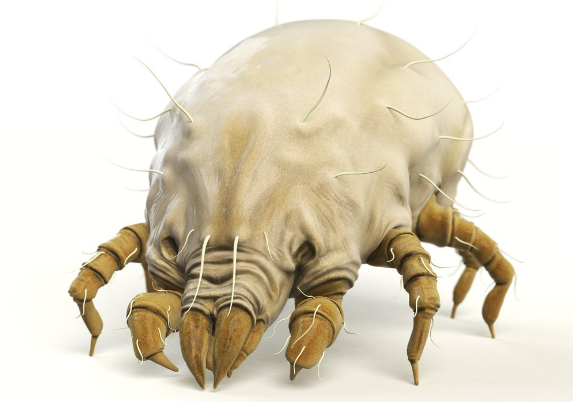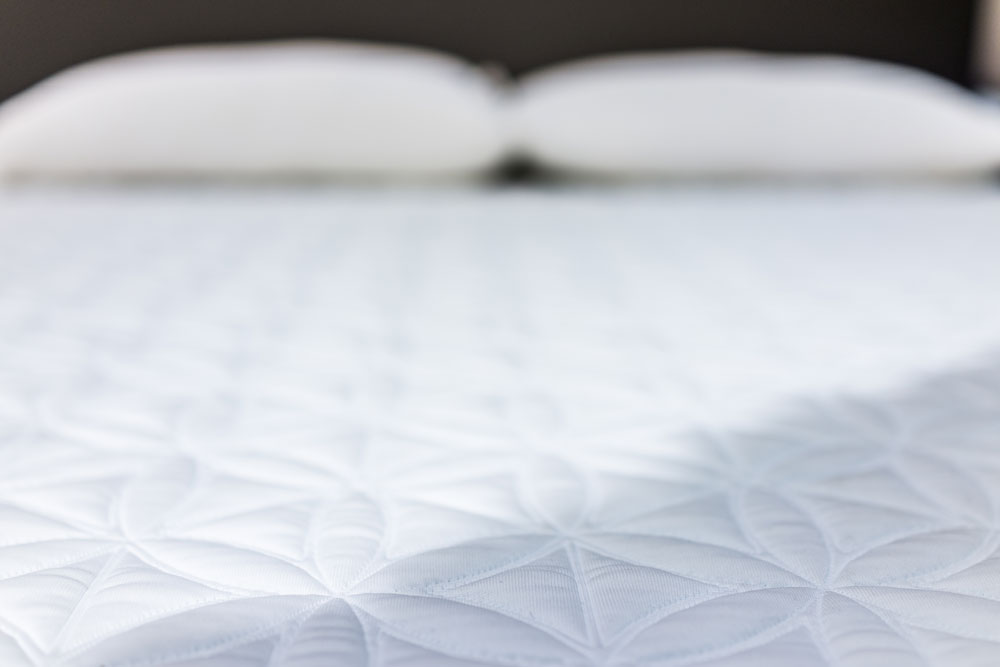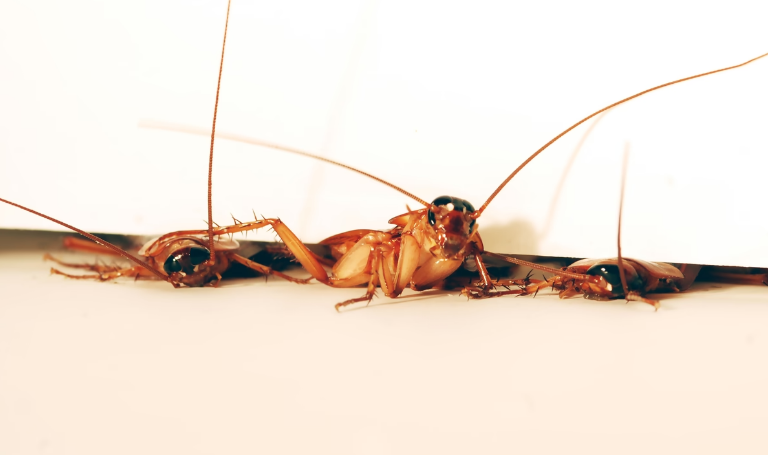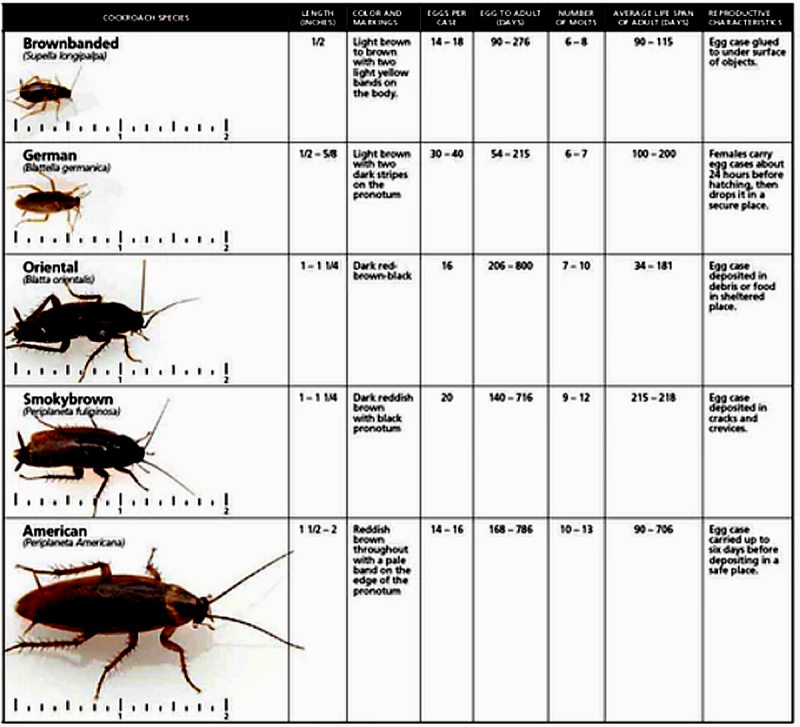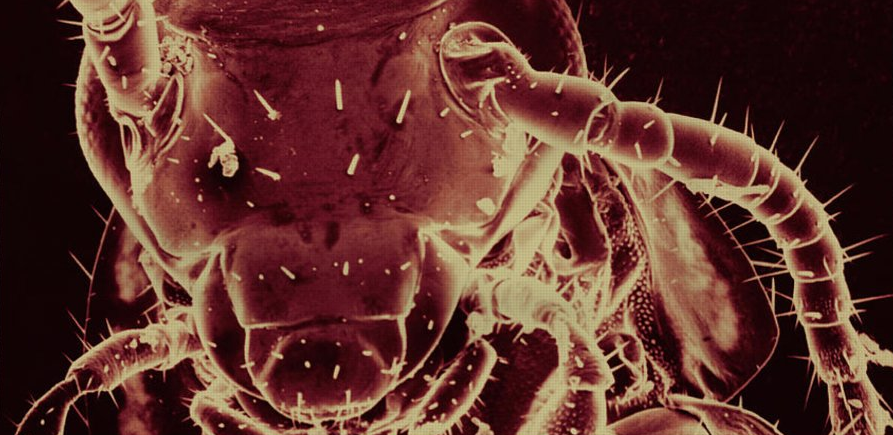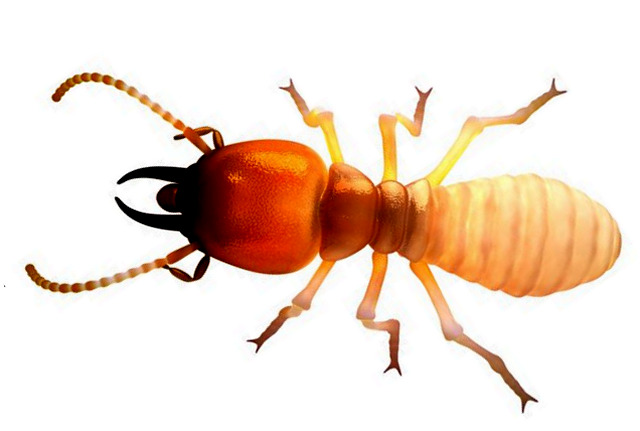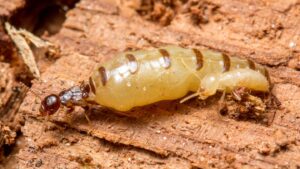Controlling fire ants with colloidal silver? Did you know there is a patent for spraying colloidal silver on fire ants to eliminate them?
It’s called United States Patent Application 20090017134, and here’s a brief summary from the patent website:
“A silver-containing composition is applied to an area that is infested with fire ants or is threatened by an infestation as a method of controlling fire ants.” After applying the composition, it reduces or eliminates the colony within two to four weeks and prevents re-infestation for about six months to a year.”
Although I haven’t tried it myself, I’m fascinated by it.
As stinging ants, fire ants are known as pests around the world. They feed mainly on young plants and germinating seeds and cause significant crop damage, particularly to grain, fruit, nut, and root crops.
Fire ants arrived in the U.S. from the tropics in the early 1900s and are now found throughout the southeastern United States.
Here’s what the patent says under the subhead “Detailed Description of the Invention”:
This invention is based in part on the surprising discovery that the application of a silver-containing composition to an area infested with fire ants repels the ants for several months after application.
In particular, the inventors discovered that silver particles and ions, or silver nitrate dissolved in water, are effective repellants of fire ants and their entire colonies.
Fire ant control methods such as individual mound treatment and broadcast treatment, whose effectiveness is limited as described elsewhere in this document, can be improved with this invention.
A novel approach to fire ant infestation is described herein that appears to indirectly impact the ants instead of killing them or incapacitating them. It is intended to force ants in a targeted colony to migrate away from the silver-containing composition rather than killing or incapacitating them.
Regardless of the particular theory, it is believed that silver-containing compositions create highly unfavorable living conditions for fire ants by reducing or eliminating their food supply, specifically by affecting the growth or quality of fungi and bacteria in the soil.
Regardless, the inventors have shown that after application of the silver compositions described herein, fire ant colonies either relocate completely to an untreated area or are substantially reduced in size.
A study conducted at Texas A&M University showed that ants given colloidal silver in their drinking water were not harmed by it.
The soil bacteria and fungus that the ants live in harmony within a symbiotic relationship are eliminated when colloidal silver is applied to the ant bed as well as the surrounding soil. So, when the colloidal silver is applied to the ant beds, the ants suddenly become migratory. As a result, they start packing up their bags and leaving.
According to the patent holders, depending on a number of factors, it can take between two weeks and six weeks to see the ant beds go from bustling communities to completely bare when colloidal silver is applied at concentrations ranging from .5 ppm (half a ppm) to 35 ppm.
Additionally, the patent holders wrote:
“Over the course of fifteen (15) months, several tests were conducted at varying concentrations. The treated areas were free of fire ant mounds for approximately six (6) months to one (1) year after an initial reaction period ranging from about 2 to about 4 weeks, during which fire ant activity steadily decreased.
Approximately one year after the initial treatment, a second application of the solution achieved the repellant result within a short period of about 1 to 2 weeks. After the initial application, the areas were regularly maintained (mowed and cleaned).
Here you have it. Colloidal silver can even help eliminate fire ants from your property. Wow, isn’t that amazing?


